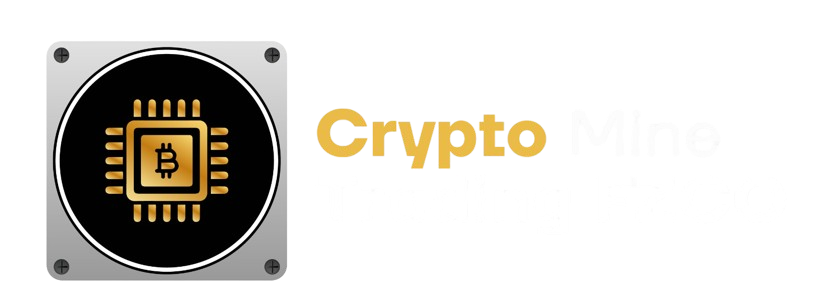Is Small-Scale Crypto Mining Still Worth It in 2025?

Introduction
The crypto mining landscape has shifted dramatically over the last decade. From hobbyists running rigs in their basements to industrial-scale farms powered by renewable energy, the competition has intensified. With the next Bitcoin halving around the corner, rising electricity costs, and increasing difficulty levels, one question stands out: Is small-scale crypto mining still profitable in 2025?
In this blog, we’ll break down the factors influencing small-scale mining, the opportunities that still exist, and how everyday miners can navigate the challenges with guidance from Crypto Mine Trading FZCO.
The Evolution of Small-Scale Mining
- Early days (2010–2016): Low difficulty, cheap GPUs, high returns for solo miners.
- ASIC era (2017–2020): Specialized machines increased efficiency but raised entry costs.
- Industrialization (2021–2023): Large mining farms and hosting centers dominated the scene.
- Today (2025): Small-scale mining requires smarter strategies, optimized energy use, and careful coin selection to stay competitive.
Factors That Affect Profitability in 2025
1. Electricity Costs
Electricity remains the largest expense for small-scale miners. Miners in regions with cheap renewable energy have an edge. Some use heat from mining rigs to reduce household energy costs.
2. Mining Difficulty & Network Hashrate
Bitcoin’s network is more competitive than ever, making solo mining unfeasible for small rigs. Alternative coins may offer better returns for smaller setups.
3. Hardware Efficiency
Modern ASICs and GPUs are powerful but costly. Maximizing hashrate per watt is more important than chasing the newest models.
4. Market Volatility
Bull runs can make even modest setups profitable. During bear markets, electricity may exceed mining rewards. Long-term miners often HODL their coins.
5. Regulations
Operating in crypto-friendly jurisdictions with incentives or tax breaks is crucial for small miners.
Strategies for Small-Scale Miners in 2025
- Choose the right coins: Focus on altcoins with growth potential.
- Join mining pools: Consistent rewards instead of relying on solo mining.
- Leverage renewable energy: Solar or hydro setups to cut costs.
- Use Mining-as-a-Service: Services like Crypto Mine Trading FZCO provide hosting and optimized mining solutions.
- Optimize & repurpose heat: Offset electricity bills by reusing generated heat.
Pros and Cons of Small-Scale Mining
Pros:
- Affordable entry point into blockchain.
- Potential passive income during bull cycles.
- Flexibility to experiment with altcoins.
Cons:
- High upfront investment.
- Narrow margins in regions with expensive electricity.
- Increased competition from industrial farms.
Is It Still Worth It?
Yes but under the right conditions. Small-scale mining in 2025 is best suited for miners with:
- Access to affordable power,
- Efficient hardware,
- Patience for long-term rewards.
With proper strategy and support from providers like Crypto Mine Trading FZCO, small-scale mining can still deliver profits and contribute to decentralization.
Conclusion
Small-scale mining is no longer the gold rush it once was, but it remains a sustainable and educational way to participate in crypto. By making smart choices around coin selection, renewable integration, and hosted solutions, miners can still secure profits in 2025.
If you’re exploring mining opportunities, Crypto Mine Trading FZCO offers expert guidance, hosting services, and access to the latest rigs helping miners at every scale maximize efficiency and ROI.















